Introduction
Lap Cheong, also known as Chinese sausage, is a traditional Cantonese preserved meat product made from pork, sugar, salt, and other seasonings, which is then fermented and air-dried. Its unique flavor, a blend of sweet, salty, and smoky notes, makes it a perfect ingredient for various dishes. When combined with the tender and juicy meat of frog legs, the result is a hearty and flavorful stew that is sure to delight any food enthusiast.
In this guide, we will walk you through the step-by-step process of making a Lap Cheong Frog Stew. From selecting the right ingredients to perfecting the cooking technique, we will cover every aspect to ensure your stew turns out delicious and satisfying. So, let’s dive into the world of culinary delight and learn how to create this exquisite dish.
Section 1: Ingredients Selection
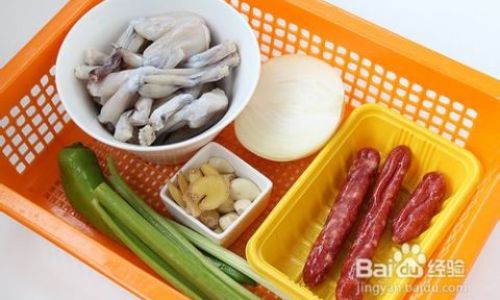
The key to a successful Lap Cheong Frog Stew lies in selecting the right ingredients. Here’s a detailed breakdown of what you’ll need:
-
Lap Cheong (Chinese Sausage):
- Choose high-quality Lap Cheong made from pork shoulder or belly for optimal flavor and texture.
- Ensure the sausage is properly dried and has a slightly hard exterior with a soft, fragrant interior.
-
Frog Legs:
- Opt for fresh or frozen frog legs that are plump and free of any discoloration or odor.
- If using frozen frog legs, thaw them properly before use.
-
Vegetables:
- Select a variety of vegetables such as bell peppers, onions, carrots, and mushrooms to add color, texture, and additional nutrients to the stew.
- Ensure the vegetables are fresh and firm.
-
Aromatics:
- Garlic, ginger, and shallots are essential for adding depth and complexity to the stew.
- Use fresh, firm, and unblemished aromatics.
-
Broth:
- Chicken or vegetable broth provides the base for the stew.
- Use low-sodium broth to better control the seasoning.
-
Seasonings:
- Soy sauce, oyster sauce, Shaoxing wine, and sesame oil are crucial for flavoring the stew.
- White pepper, star anise, and cloves add a hint of spice and aroma.
-
Starch:
Cornstarch or potato starch is used to thicken the stew if needed.
Section 2: Preparation
Once you have gathered all the ingredients, it’s time to start preparing them for the stew.
-
Lap Cheong Preparation:
Slice the Lap Cheong into thin pieces about 1/4 inch thick. This will help the sausage cook evenly and infuse its flavor into the stew.
-
Frog Legs Preparation:
- Rinse the frog legs under cold running water and pat them dry with paper towels.
- Cut each frog leg into two or three pieces, depending on their size, to ensure even cooking.
-
Vegetable Preparation:
Wash and chop the vegetables into bite-sized pieces. This will make them easier to eat and cook through.
-
Aromatics Preparation:
- Peel and mince the garlic and ginger.
- Finely chop the shallots.
Section 3: Cooking the Stew
Now that all the ingredients are prepared, it’s time to start cooking the stew.
-
Sautéing the Aromatics:
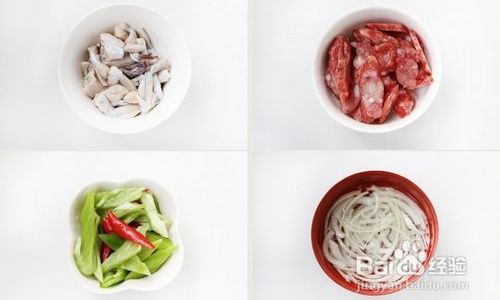
- Heat a large pot or Dutch oven over medium-high heat.
- Add a tablespoon of vegetable oil and swirl to coat the bottom of the pot.
- Add the minced garlic, ginger, and shallots. Sauté until fragrant and slightly golden, about 1-2 minutes.
-
Cooking the Lap Cheong:
Add the sliced Lap Cheong to the pot and cook, stirring occasionally, until the sausage is lightly browned and its oils are released, about 3-4 minutes.
-
Adding the Frog Legs:
- Push the aromatics and Lap Cheong to the sides of the pot, creating a space in the center.
- Add the frog legs to the center and cook, undisturbed, for about 2 minutes on each side until they are lightly browned. This helps to lock in juices and add flavor.
-
Adding the Vegetables and Broth:
- Add the chopped vegetables to the pot, stirring to combine with the aromatics, Lap Cheong, and frog legs.
- Pour in enough chicken or vegetable broth to cover the ingredients by about an inch.
-
Seasoning the Stew:
- Add 3-4 tablespoons of soy sauce, 2 tablespoons of oyster sauce, and 2 tablespoons of Shaoxing wine to the pot. Stir well to combine.
- Add a pinch of white pepper, one star anise, and two cloves. These spices will add a subtle but noticeable aroma and flavor to the stew.
-
Simmering the Stew:
- Bring the stew to a boil, then reduce the heat to low.
- Cover the pot and let the stew simmer gently for about 30-40 minutes, or until the frog legs are tender and the vegetables are cooked through.
-
Taste and Adjust:
After the stew has simmered, taste it and adjust the seasoning as needed. You may need to add more soy sauce or a pinch of salt to enhance the flavor.
-
Thickening the Stew (Optional):
- If you prefer a thicker stew, mix 1-2 tablespoons of cornstarch with an equal amount of water to form a slurry.
- Stir the slurry into the stew and cook for an additional 2-3 minutes, stirring constantly, until the stew reaches your desired consistency.
-
Finishing the Stew:
- Remove the pot from heat and drizzle in a teaspoon of sesame oil. Stir well to incorporate the oil and enhance the flavor.
- Let the stew rest for about 10 minutes before serving to allow the flavors to meld together.
Section 4: Serving and Enjoying
Your Lap Cheong Frog Stew is now ready to be served. Here are a few tips to enhance your dining experience:
-
Garnishing:
- Sprinkle some chopped green onions or cilantro over the stew for a fresh and vibrant garnish.
- A squeeze of lime juice can also add a refreshing tang to the dish.
-
Accompaniments:
- Serve the stew with a side of steamed rice or noodles to soak up the delicious sauce.
- A simple green salad or stir-fried vegetables can provide a refreshing contrast to the rich flavors of the stew.
-
Presentation:
- Ladle the stew into bowls, ensuring each serving has a good mix of Lap Cheong, frog legs, vegetables, and broth.
- Garnish each bowl individually for a presentable and inviting dish.
Conclusion
Making Lap Cheong Frog Stew may seem like a complex process, but with the right ingredients and careful preparation, it can be a rewarding culinary experience. The combination of savory Lap Cheong, tender frog legs, and an array of vegetables creates a dish that is both hearty and flavorful. Whether you’re serving it to family and friends or enjoying it as a solo meal, this stew is sure to impress with its depth of flavor and satisfying texture.
So, the next time you’re in the mood for a comforting and delicious meal, give Lap Cheong Frog Stew a try. With this guide, you’ll have all the knowledge and skills necessary to create a dish that is as satisfying to make as it is to eat. Happy cooking!
This article provides a comprehensive guide to making Lap Cheong Frog Stew, covering ingredient selection, preparation, cooking techniques, and serving suggestions. By following these steps, you’ll be able to create a delicious and satisfying dish that brings together the rich flavors of Lap Cheong and the tender texture of frog legs. Enjoy your culinary journey!
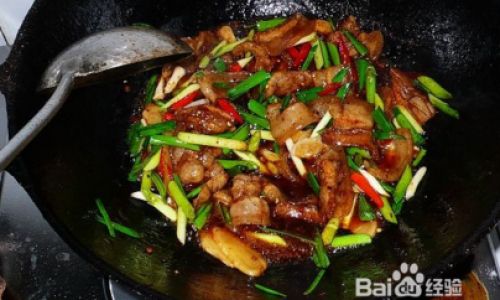
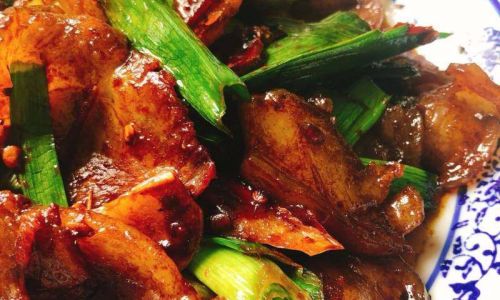
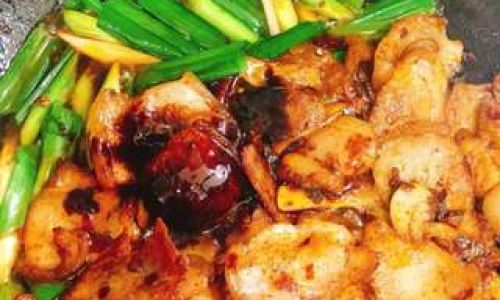
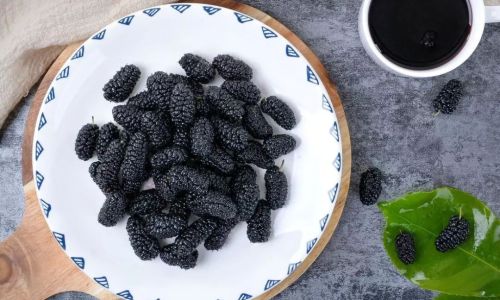
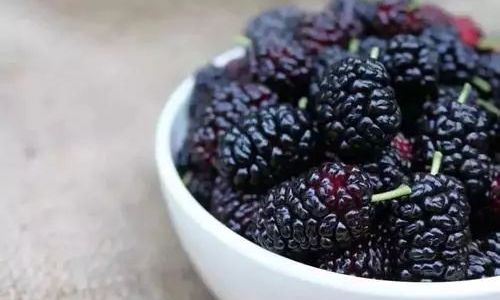

0 comments